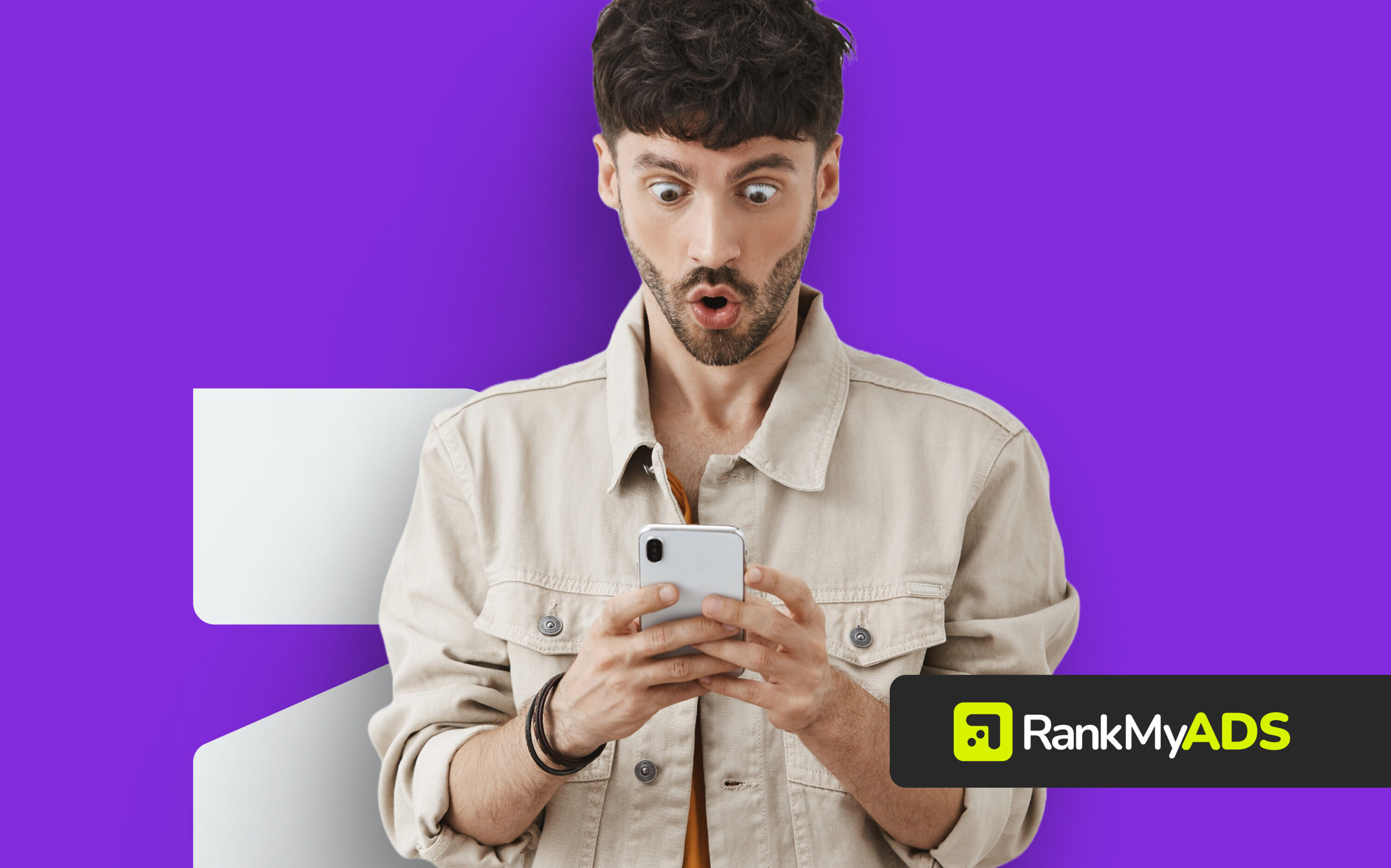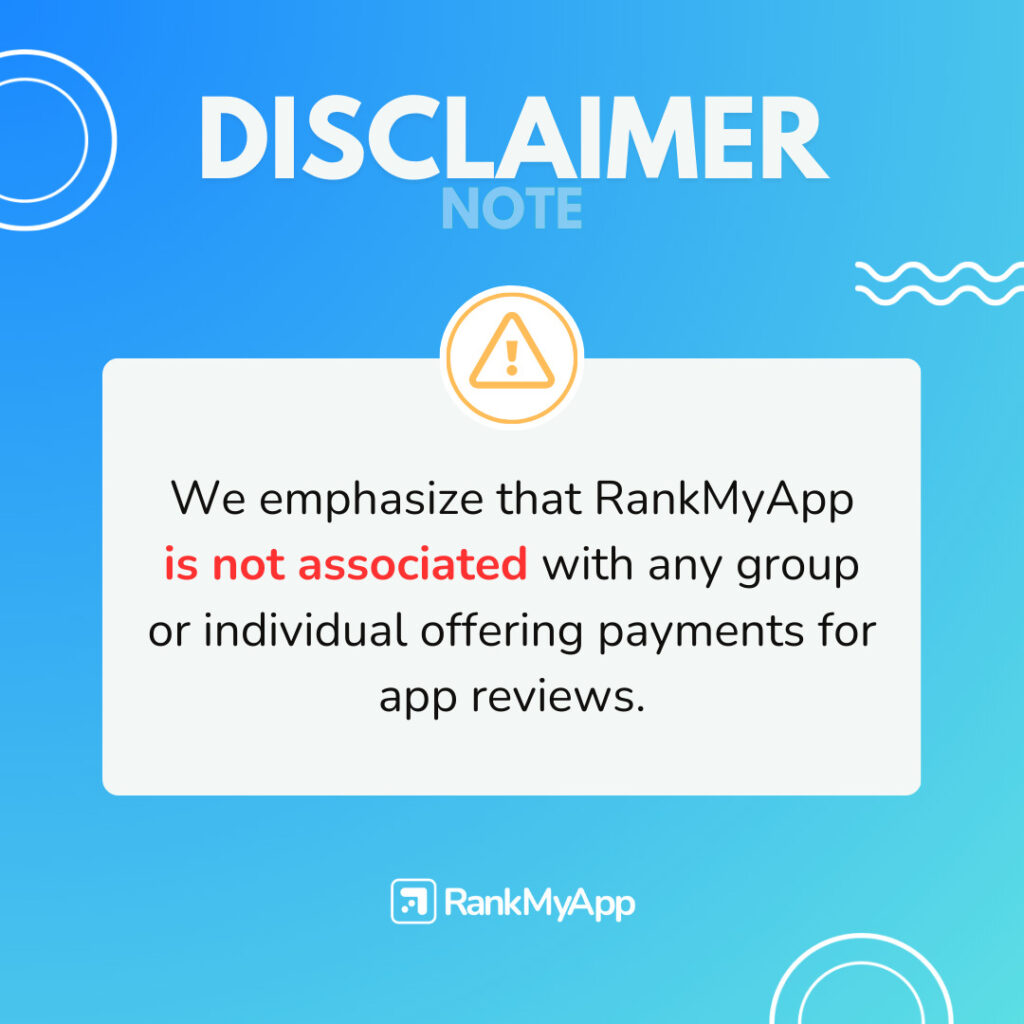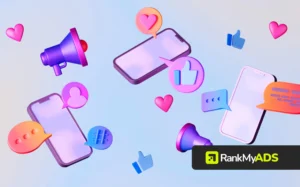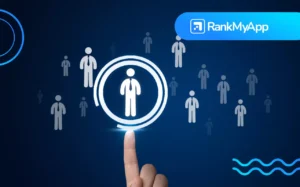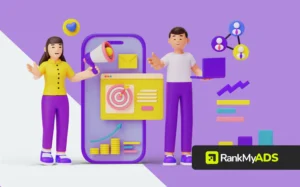Have you ever noticed how certain ads seem to follow you around the internet, appearing just when you’re thinking of buying something? This is no coincidence, it’s a strategy called retargeting, which is based on reminding and persuading users who have already shown an interest in a product or service.
But how do you ensure that these ads are not just repetitive, but highly effective in converting visitors into customers? The answer lies in mental triggers.
Let’s understand how they work and how you can apply them to increase conversions in your retargeting campaigns!
How does retargeting work?
Retargeting is a digital marketing strategy that aims to re-engage people who have already interacted with your website but haven’t completed a desired action, such as a purchase or filling in a form. Instead of attracting new visitors, retargeting focuses on those who have already shown interest, increasing the chances of conversion.
This strategy works through the use of cookies, small data files that track user behavior on the web.
When someone visits your site, a cookie is placed in their browser. You can then display personalized ads to them while they are browsing other websites or social networks, reminding them of your product or service.

How to use mental triggers to increase conversions
When it comes to retargeting, using mental triggers can be the difference between an ad that is simply ignored and a campaign that actually converts. Mental triggers are psychological principles that influence consumer decisions, often in a subtle and subconscious way.
They harness universal human instincts, such as the fear of missing an opportunity or the desire to belong to a group, to motivate specific actions. By incorporating these triggers into your retargeting campaigns, you can significantly increase the chances of converting visitors into customers.
Let’s explore in detail how you can apply some of the most effective mental triggers in your retargeting campaigns.
1. Scarcity trigger
Scarcity is one of the most powerful mental triggers because it exploits the natural fear of missing out on a unique opportunity. When people believe that a resource is limited, they tend to value it more and act quickly to secure it. In retargeting campaigns, you can use this trigger by highlighting that a product is almost sold out or that a promotion is about to end.

2. Urgency trigger
Urgency is similar to scarcity, but focuses on time constraints. People have a natural tendency to procrastinate, but when they realize that time is running out, they are more likely to act quickly. Incorporating urgency triggers into your retargeting ads can be highly effective in encouraging conversion.

3. Social proof trigger
Social proof is the phenomenon in which people tend to follow the actions of others, especially in situations of uncertainty. When we apply social proof to retargeting, we show leads that other people are buying and benefiting from a product or service, which may influence their decision.
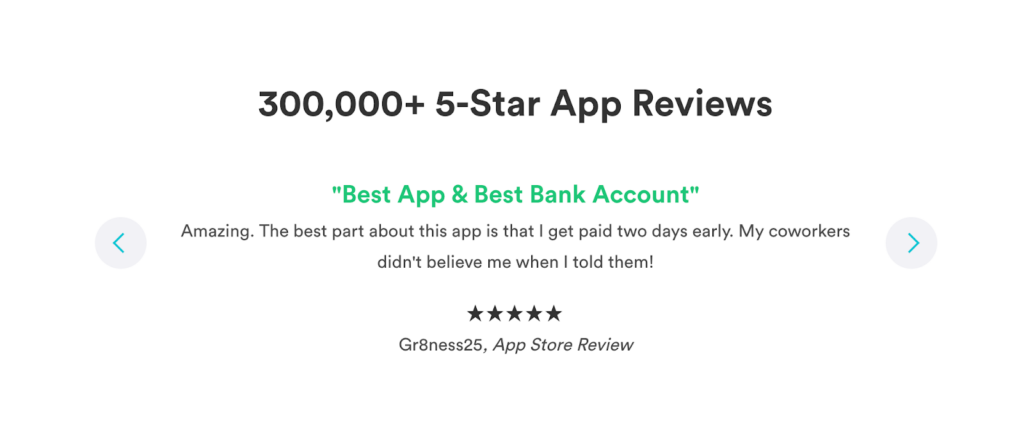
4. Authority trigger
People tend to trust experts or authority figures, which makes the authority trigger a powerful tool for increasing conversions. In your retargeting campaigns, you can use this trigger by highlighting awards, certifications, or even testimonials from influencers or experts in the field.

5. Reciprocity trigger
The principle of reciprocity suggests that people have a natural desire to reciprocate when they receive something of value. This trigger can be used brilliantly in retargeting, by offering something that the lead will find valuable, such as a free ebook, a product review, or an exclusive discount.
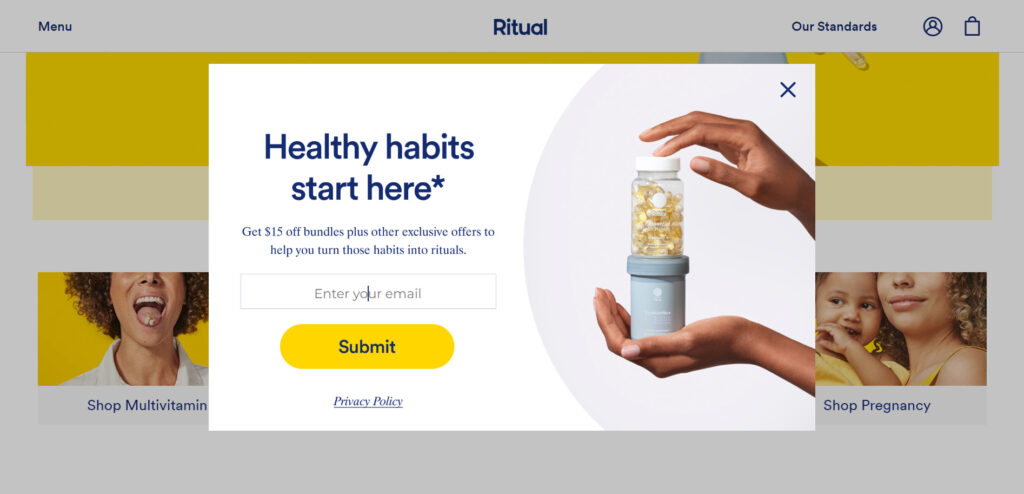
6. Commitment and consistency trigger
The commitment and consistency trigger is based on people’s tendency to be consistent with their previous actions. When a user shows interest in a product – for example, by adding it to their cart – they begin to commit to the purchase. If that purchase is not completed, you can use retargeting to remind them of that commitment and encourage them to complete the action.

7. Affinity trigger
Affinity is the trigger that exploits people’s tendency to feel more attracted to brands or products with which they share values or interests. In your retargeting campaigns, you can use this trigger to highlight features of your product or brand that resonate with the target audience.
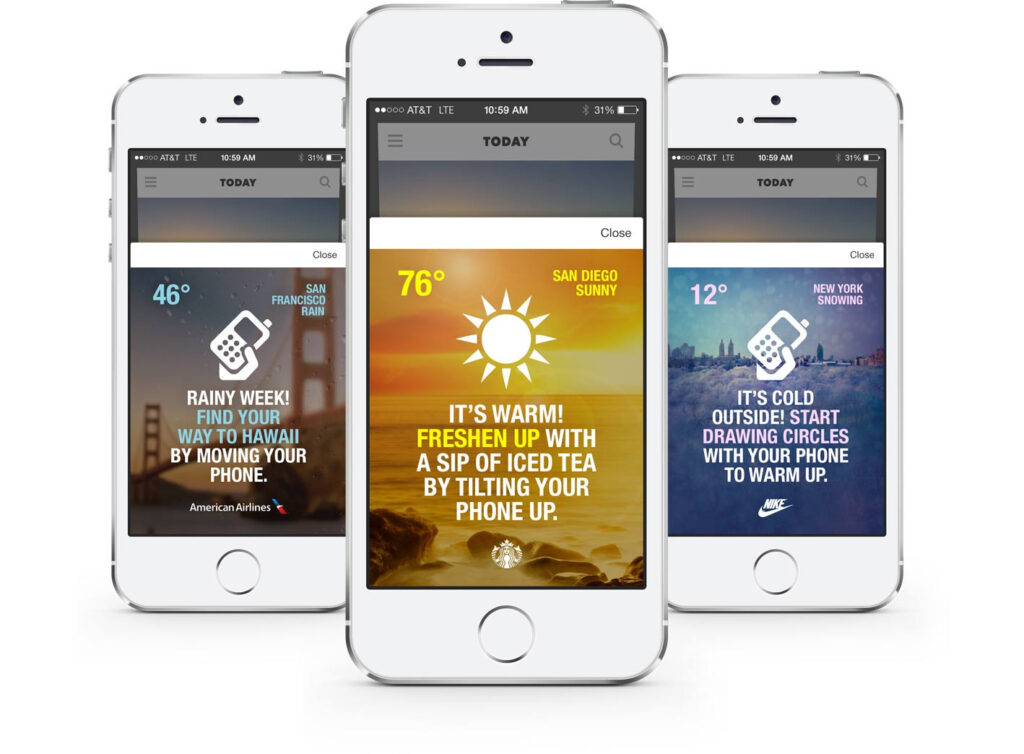
8. Novelty trigger
Novelty attracts attention and arouses curiosity. When people are exposed to something new, there is a natural impulse to explore and experiment. In the context of retargeting, you can use this trigger to promote new products, features or offers that leads don’t yet know about.
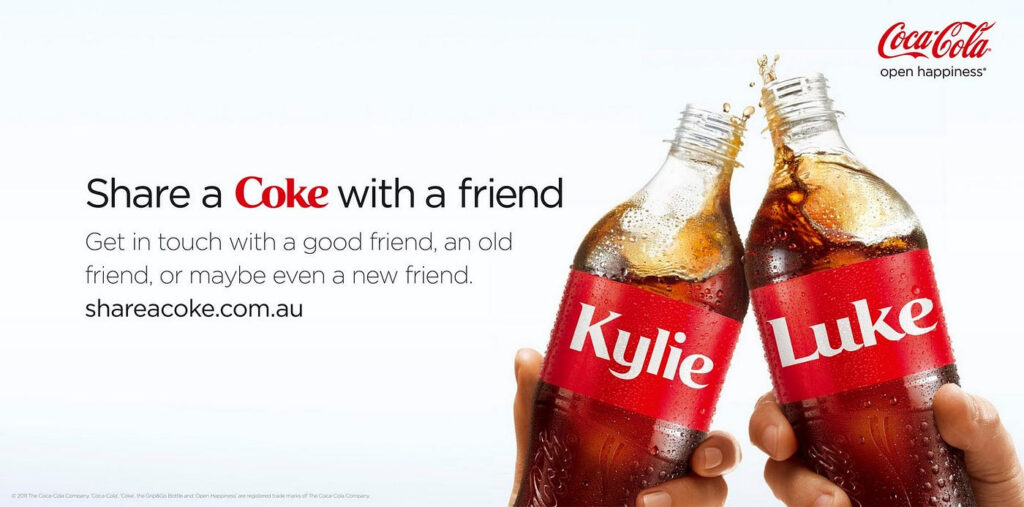
9. Personalization trigger
Personalization makes the consumer feel special and understood. In retargeting, you can use this trigger by displaying ads that reflect the user’s preferences and previous behavior. By offering content or products that match exactly what the lead has already shown an interest in, you significantly increase the chances of conversion.
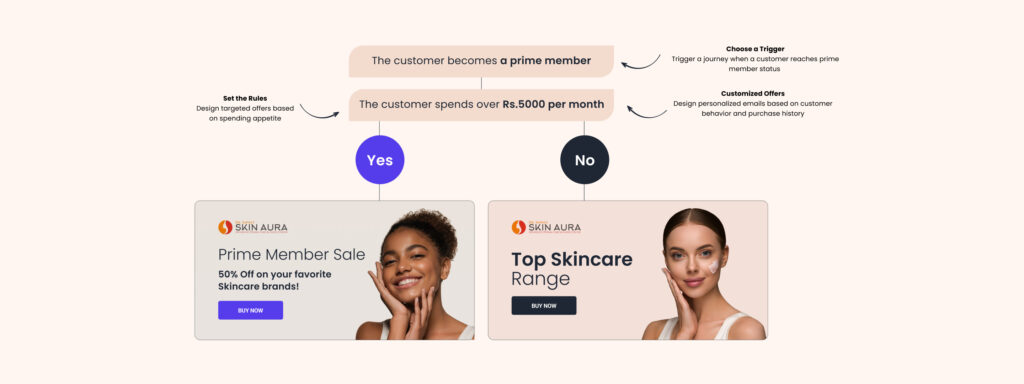
10. Safety trigger
The fear of making the wrong decision can prevent a purchase. The safety trigger acts to alleviate these worries by reassuring the consumer that they are making the right choice. To do this, your retargeting ads can highlight guarantees, return policies or customer support.
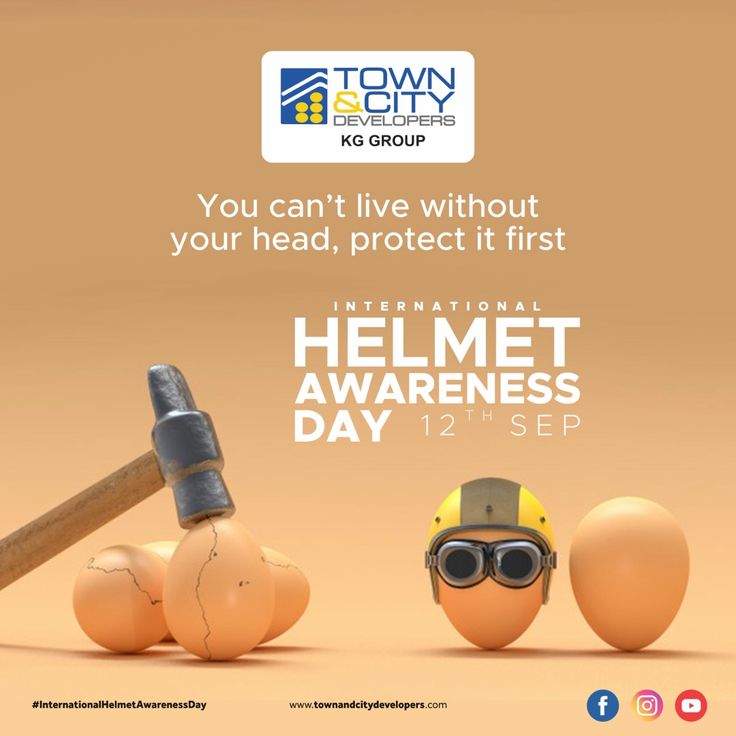
Incorporating mental triggers into your retargeting campaigns is a powerful way to increase conversions and maximize the impact of your marketing efforts. These triggers not only help persuade leads to take action, but also create a stronger bond between the consumer and your brand.
At RankMyADS, we understand the importance of creating campaigns that really convert. Our retargeting solutions are designed to make the most of digital marketing strategies, using mental triggers and advanced techniques to ensure you get the best possible results.
Ready to turn your leads into customers? Contact us and find out how our retargeting strategies can take your campaigns to the next level!
